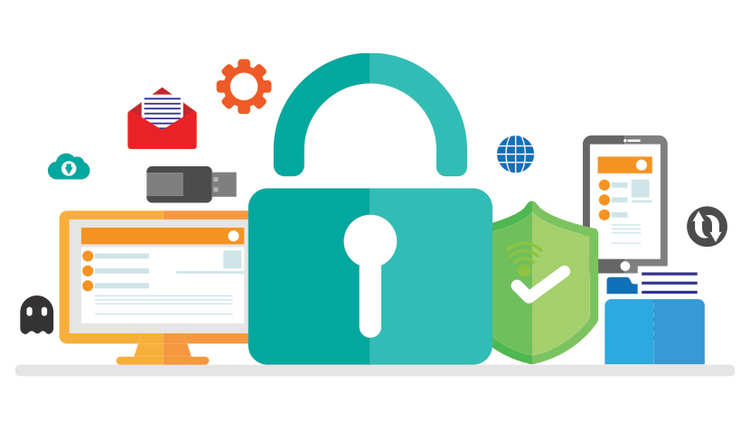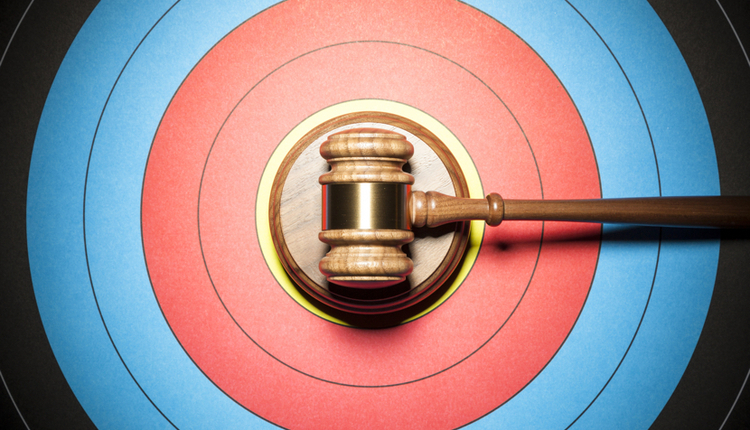Organizations of all kinds are now being held to a higher standard in their e-discovery practices. With the burden of knowledge squarely on the enterprise's shoulders, it is the responsibility of the organization to be prepared for anything. A company's litigation preparedness will even likely include the ability to produce one or more of its employees who can provide deposition testimony about the company's record and data management practices, as well as what has been done to meet its e-discovery obligations related to the litigation. How you choose these witnesses and what you do to prepare them is a critical part of litigation strategy.
Rule 30(b)(6) of the Federal Rules of Civil Procedure provides the framework for this type of "corporate designee" or "person most knowledgeable" deposition in federal cases. Most state court rules contain a comparable provision. Rule 30(b)(6) states that after a party names an organization as a deponent and specifies "with reasonable particularity the matters for examination," the organization must designate an employee or employees "who consent to testify on its behalf." Such a 30(b)(6) witness is required to provide testimony "about information known or reasonably available to the organization" and may not limit her testimony to matters within her personal knowledge. As a result, such depositions present special challenges and risks. The challenge is that often no single person will have the personal knowledge necessary to cover adequately the issues noticed for the deposition and, thus, must be educated.
The risk is that because the testimony of a 30(b)(6) witness is binding on the company, misstatements or admissions can be highly prejudicial. Therefore, understanding how these depositions are used in the e-discovery context and how to choose and prepare your witnesses is critical in your e-discovery strategy.
E-DISCOVERY 30(B)(6) DEPOSITIONS are generally utilized for two purposes: an informational deposition at the beginning of a case and a testing deposition towards the end of discovery. The different objectives of each type will likely influence how you prepare your witness.
In an informational deposition, the opposing party will seek to learn as much as possible about your electronically stored information (ESI). The issues addressed may include: data retention policies, including archiving and backup tapes; how and where ESI is stored, and whether it is readily accessible; whether employees save ESI on local desktops and portable media; and whether legacy systems will be a factor during discovery. In short, the opposing party wants to learn what it should ask for in its discovery requests and what it can expect to receive.
A testing deposition, however, can be more of a "gotcha" exercise and poses more risk. The opposing counsel will probe the adequacy of your e-discovery search, collection and production efforts and likely will ask about such things as: whether ESI has been properly preserved since the inception of the litigation; whether all locations where ESI is located have been adequately searched (and by what means); what procedures your company used for collection of ESI; and whether relevant ESI is located off-network on employees' computers or personal email accounts (and whether you collected it).
Thus, it is important that your 30(b)(6) witness understand not only the company's information technology systems, but also what e-discovery preservation and collection efforts have been made for the particular case. Further, you should expect your opponent to use this opportunity to ferret out any shortcomings in your ediscovery processes. If this deposition does not go well, the case can be derailed into a quagmire of costly discovery motions that are unrelated to the merits. For instance, if a failure to investigate and/or collect responsive ESI is revealed, your opponent may well file a motion to compel you to undertake or redo these tasks. If a lack of preservation — or overt destruction — of ESI is revealed, you may face a bigger problem: a motion for sanctions. This can result in monetary sanctions or, depending on the circumstances behind the destroyed evidence, even adverse inferences about the nature of the destroyed ESI.
UNLIKE TRADITIONAL "records custodian" depositions, which are sometimes delegated to a records clerk or paralegal, an e-discovery 30(b)(6) deposition warrants the involvement of a more senior employee. Further, at least with respect to the more technical issues that are common in such depositions, the company should designate a witness who has some technical expertise — or the ability to be educated on IT issues. And if your company's litigation caseload is substantial, you should consider having a designated employee whose job responsibilities include being the e-discovery 30(b)(6) deponent in all of your cases. This will result in better deposition performance from an experienced deponent and will avoid burdening the time of an IT specialist.
Although deposition preparation is always important, it is particularly important in the 30(b)(6) context because the witness will usually be required to testify about subjects beyond her personal knowledge, and her testimony will bind the company. And while the deposition notice — which lists the topics to be covered — will aid preparation, it also obligates you to produce witnesses who are prepared to testify on those topics.
Absent a good reason, courts generally will not tolerate the failure to designate a 30(b)(6) witness who is prepared to testify on the topics in the notice. In fact, some courts have ruled that presenting an unprepared witness is "tantamount to a failure to appear" and is sanctionable. The typical sanction is having to repeat the deposition with a witness who can answer the questions and having to pay for at least part of the new deposition. Courts have also not been receptive to contentions that the deposition questions were more "technical and detailed" than anticipated, as long as the questions are within the topics noticed. Nor will courts usually accept a 30(b)(6) witness who testifies that another employee could answer questions that the witness cannot. This means that either the wrong witness was produced or the witness was not properly prepared. Finally, a witness who answers incorrectly or makes unnecessary admissions is an even bigger liability than a witness who cannot answer questions. Care in the selection of the witness or witnesses to testify in response to a 30(b)(6) notice and proper preparation can help avoid these problems.
IN RESPONSE TO A 30(B)(6) NOTICE on e-discovery issues, your witness will likely need to be prepared to testify about at least the following e-discovery issues:
- Retention policies: how and where data is retained, and whether it is destroyed at regular intervals; what kinds of archiving and backup systems are employed and whether they have changed over time; whether employees' desktops and laptops are backed up; whether used computers are cleared of data before reassignment; and whether the company is in compliance with its retention policies.
- Networks and systems: how the internal IT network is set up; where servers are physically located, and whether they are hosted internally or by a vendor; what applications and databases are used, and which servers support them; whether proprietary or legacy applications will have relevant ESI; whether there is relevant ESI that is not readily accessible, and how it can be accessed; and whether there is "unconventional" ESI, such as voicemail and instant messaging, relevant to the case.
- Preservation pursuant to litigation: how, when and to whom the litigation hold order was issued, including third parties and former employees; the categories of materials employees were instructed to preserve; whether there was follow-up to ensure compliance with the litigation hold; and what system-wide steps were employed to preserve ESI, such as stopping auto-delete for email and stopping backup tape recycling. (Note: If there has been inadvertent destruction of relevant ESI, your witness will need extra preparation in this area.)
- Searching and collection: whether the company has searched all locations that might have relevant ESI, including servers, hard drives, portable storage devices and hand-held PDAs; and whether the ESI collection was done in a forensically sound manner to preserve metadata.
- Email: whether email accounts have a size limit, and what happens when it is exceeded; what happens to emails when they are deleted by an employee; whether emails can be saved off of the servers; and whether employees conduct company business on personal email accounts (i.e., Gmail, Yahoo, etc.).
The careful selection of the best witness or witnesses, along with proper preparation on the full range of e-discovery topics commonly called for, can minimize your company's litigation risk and help you avoid unnecessary costs resulting from motions practice and court orders.
ANDREW H. MARKS [amarks@crowell.com] is vice-chair of the E-Discovery and Information Management (EDIM) practice group and a member of the Commercial Litigation practice group at Crowell & Moring LLP, located in Washington, DC.
DAVID E. BELL [dbell@crowell.com] is a counsel at Crowell & Moring LLP in Washington, DC and is a member of the EDIM and International Dispute Resolution practice groups.








